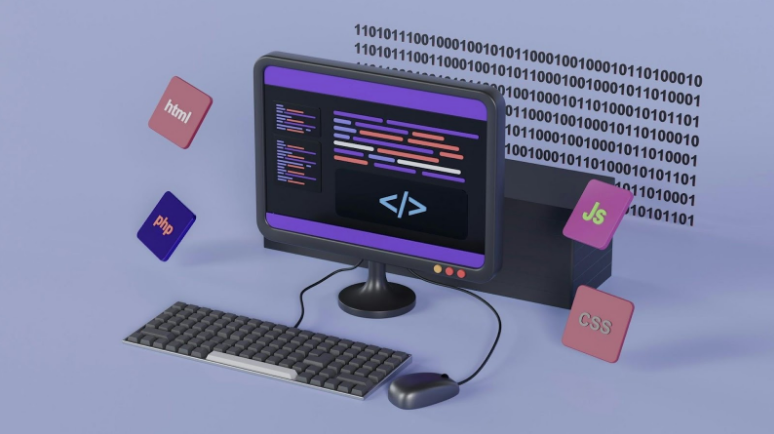The office badge swipe has been replaced by a stream of metadata—keystrokes, meeting time stamps, application focus, GPS pings—that traces an employee’s every working moment. Hybrid schedules, dispersed teams, and heightened security concerns have driven executives toward dashboards that promise real-time visibility. Analyst firm projections put the employee monitoring software market on a double-digit growth curve through the end of the decade, and by 2025 seven in ten large companies are actively tracking staff activity in some form.
From Timecards to Keystrokes—Why Surveillance Is Accelerating
What began as network-security logging has evolved into sophisticated behavior analytics. The global market for dedicated monitoring platforms is on track to reach 4.5 billion USD by 2026, expanding at roughly 12 percent CAGR as cloud adoption and remote work persist. Cheaper storage and machine-learning classifiers mean video feeds can be mined for “dwell time” in warehouse aisles, while desktop agents flag copy-and-paste spikes that hint at data exfiltration. Companies defend the investment as a hedge against insider threats and silent disengagement, but critics note that the sheer ease of data capture lowers the threshold for constant oversight.
Sector-Specific Eyes: Finance to Fulfillment
Regulated industries were early adopters. Banks deploy session recorders to maintain immutable audit trails for SOX and PCI compliance. Health-care providers lean on access-log analytics to verify that only authorized clinicians open patient charts, satisfying HIPAA’s “minimum necessary” rule. Retail distribution centers embed computer-vision modules on overhead cameras to track pick-path efficiency, while contact-center dashboards score agents on waveform sentiment and speech cadence.
Yet the same algorithms can drift across white-collar domains: AI-filtered webcam feeds that once confirmed trucking-lane adherence now alert headquarters when a designer glances away from Figma for too long. A May 2025 report urged regulators to impose tougher controls on “bossware,” arguing that generalized deployments blur the line between task alignment and personal intrusion.For organizations that still see value in granular telemetry, privacy-respecting design is no longer optional. Choosing reputable platforms—such as Insightful’s cloud-native employee monitoring software—allows granular role-based permissions, on-device anonymization, and opt-in screenshots that mask non-work applications.
A Tool for Productivity—or a Breach of Trust?
Surveys paint a more conflicted picture than vendor slide decks. A January 2025 poll found that 56 percent of U.S. workers fear misuse of personal information collected by their employer, and a quarter experience simultaneous online and physical surveillance. Remote staff now routinely log longer hours to counteract the perception of invisibility, yet unreliable home-network performance continues to erode output, suggesting that anxiety, not laziness, often drives monitored behavior. Researchers have linked prolonged digital observation to spikes in stress hormones, lower creative risk-taking, and a subtle shift from problem-solving to box-checking.
Legal Lines: Navigating a Patchwork of Regulations
Lawmakers are scrambling to keep pace. U.S. federal policy remains largely silent, leaving a mosaic of state rules that require anything from written disclosure (Connecticut) to outright bans on off-the-clock tracking (California’s draft Stop the Watch Act). Pending Connecticut Senate Bill 1484 would prohibit predictive behavior scoring and compel human review of any automated employment decision, reflecting growing unease about algorithmic opacity.
In Europe, GDPR’s principles of data minimization and purpose limitation already constrain blanket surveillance, forcing employers to document necessity and give staff meaningful avenues for appeal. Legal commentators warn that ignorance is no defense; multijurisdictional firms must map every captured data field to a lawful basis or risk six-figure fines. Meanwhile, privacy commissioners in Canada, India, and the UAE have floated proposals that echo Europe’s consent-centric model, signaling an eventual global floor for acceptable practices.
Toward Privacy by Design: Balancing Insight and Autonomy
A sustainable approach starts with transparency—plain-language notices that explain what is recorded, why, and for how long. Security teams should isolate raw telemetry from HR decision engines, applying aggregation or hash-based de-identification so managers view trends rather than individual minutiae.
Emerging “co-monitoring” features allow employees to see exactly what their supervisors see, fostering trust through symmetry. Regulators already require periodic risk assessments, but forward-looking employers integrate them into quarterly governance cycles, evaluating not only cybersecurity threats but also psychosocial harm. Reports on new workplace protections in 2024 hinted that privacy audits will soon rank alongside wage-and-hour compliance in routine labor inspections. Ultimately, the most effective deployments set clear outcome metrics—customer satisfaction, code quality, incident response time—and fade to the background once those benchmarks are met, treating surveillance as a diagnostic tool rather than a disciplinary whip.
Conclusion
The debate over employee monitoring is no longer about whether tools exist—they are pervasive and growing more sophisticated each release. The real question is how organizations wield them. Workplaces that combine ethical design, open communication, and targeted data governance can harness analytics to improve security and productivity without eroding dignity. Those that do not risk talent flight, legal sanctions, and cultural decay.
As industries refine hybrid operating models, the litmus test will be simple: can monitoring empower workers as much as it quantifies them? If the answer is yes, then privacy and performance might finally coexist on the same dashboard.
